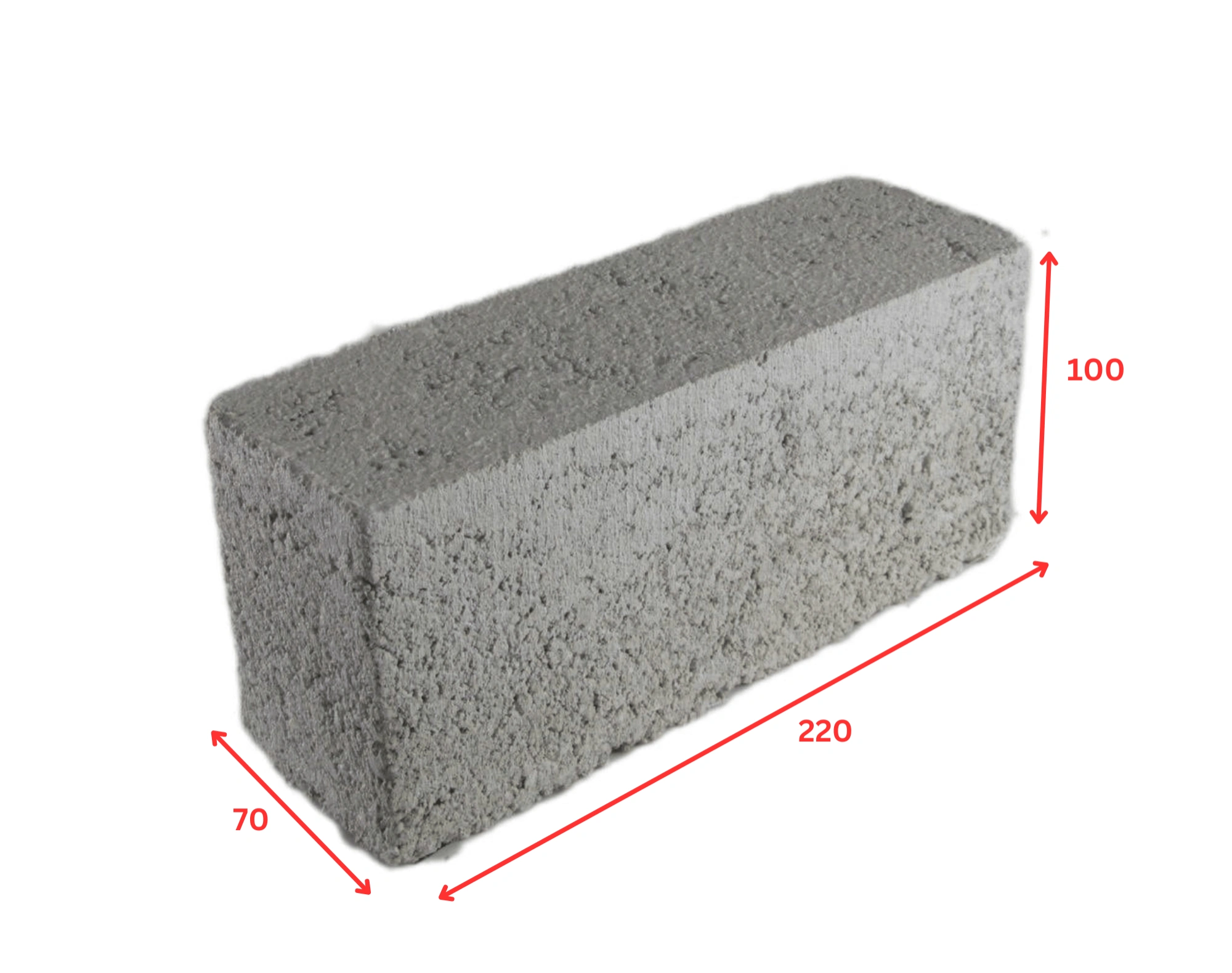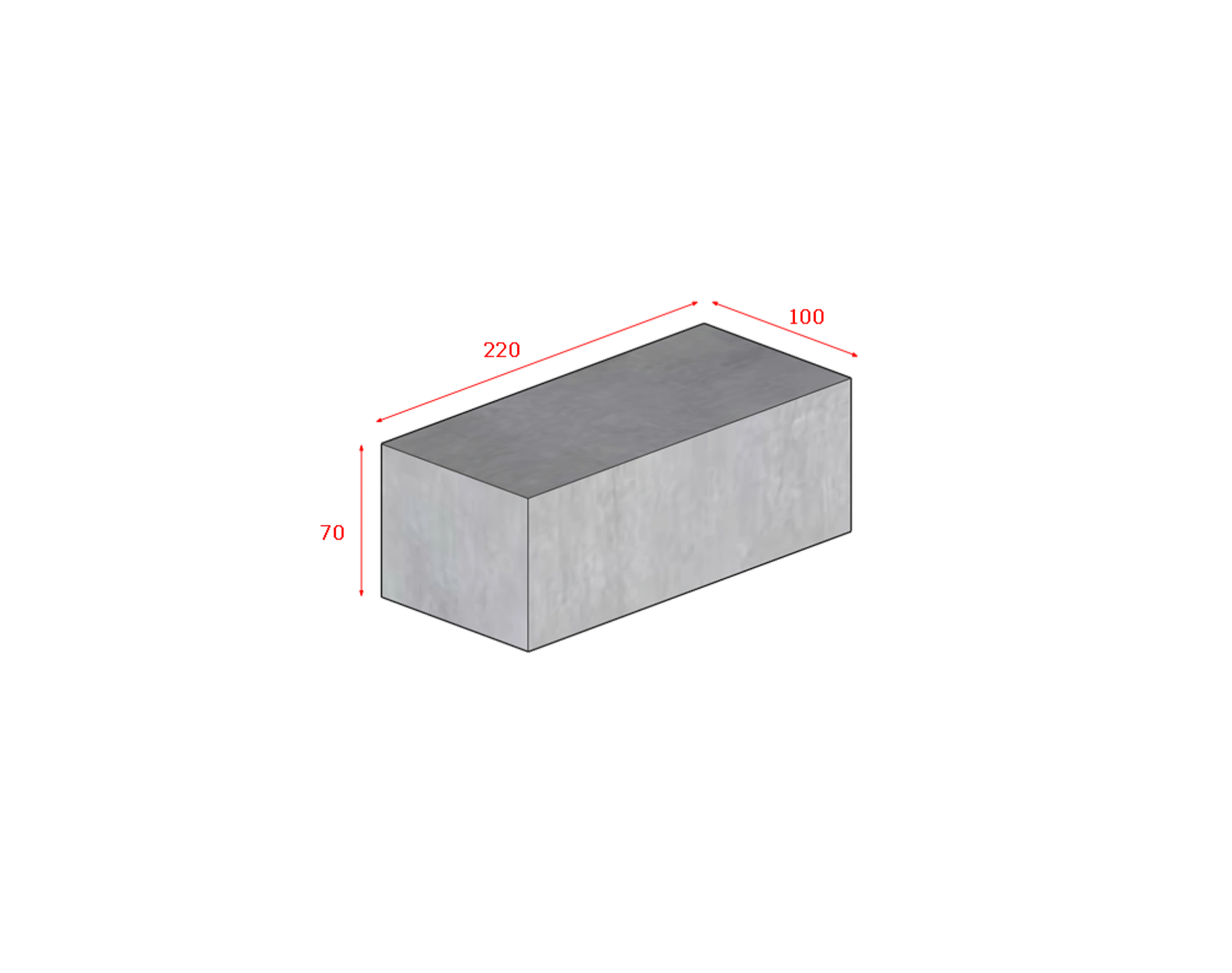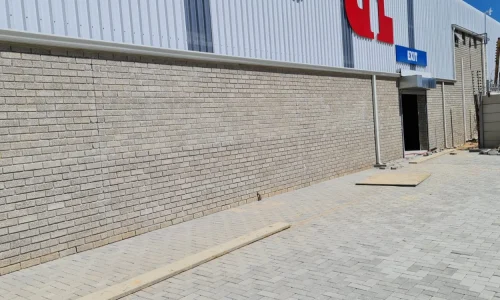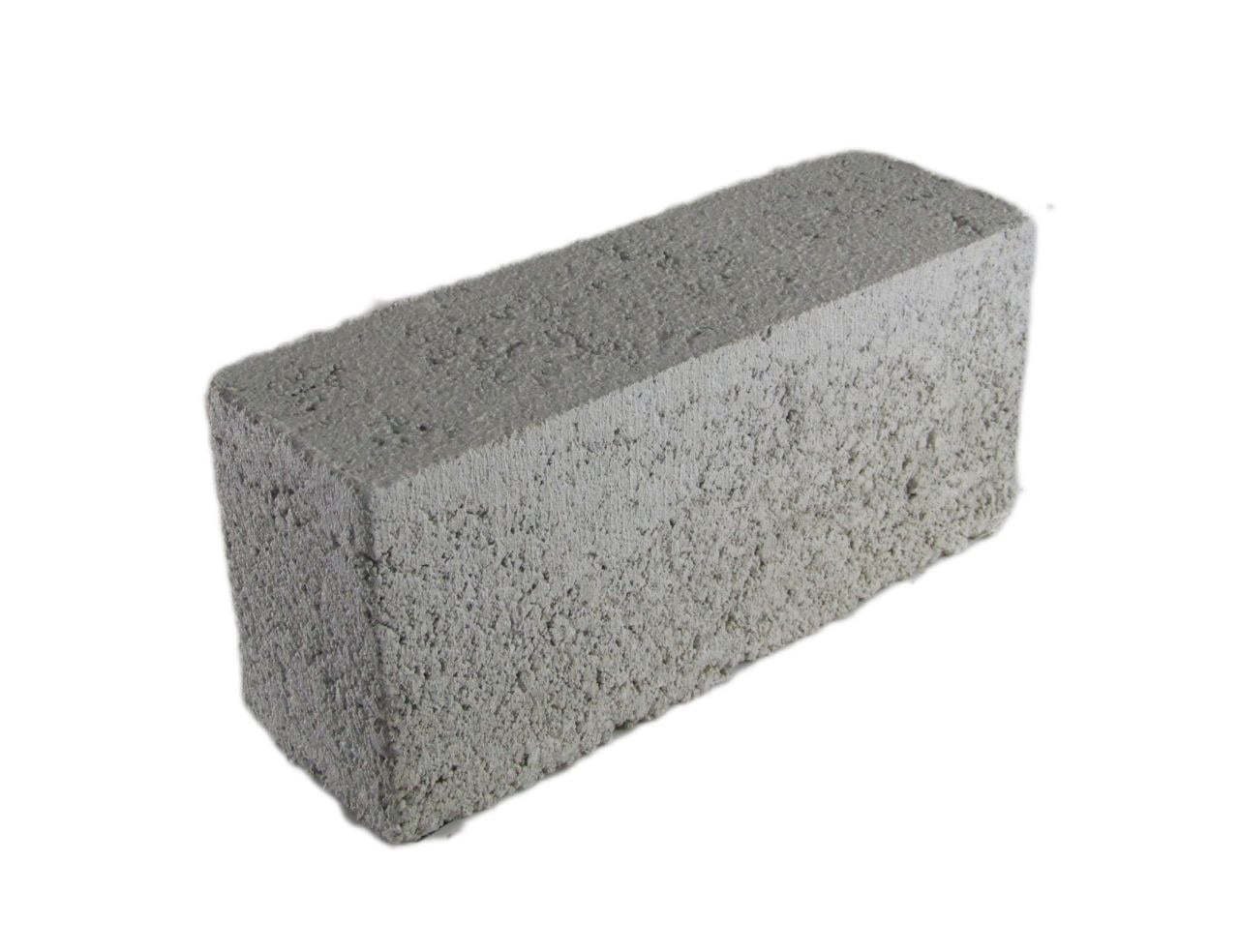STOCK BRICKS
Stock Bricks mostly have a compressive strength of 7Mpa and are used for single story buildings.
If you are building a double story building it is suggested that you use bricks with compressive strength of at least 14Mpa for the ground floor. Double walls or load bearing walls use 110 stock bricks per square meter and 55 stock bricks per square meter for single skin or non load bearing walls..
- Product texture options -
The construction industry relies heavily on cement, a key ingredient in concrete. Companies that manufacture and distribute cement offer investment opportunities through cement stocks. These stocks can be a stable addition to a portfolio, but understanding the market is crucial.
Building on Growth: The demand for cement is often tied to infrastructure development and real estate booms. Investors seeking exposure to these sectors can benefit from cement stocks, as rising demand can lead to increased company profits and stock price appreciation.
Strength in Numbers: The cement industry is typically dominated by a few large players. This concentration can provide stability, as these companies have the resources to weather economic downturns better than smaller competitors. Additionally, mergers and acquisitions within the industry can create opportunities for significant stock price gains.
Cracks in the Foundation: Cement production is energy-intensive, making these companies vulnerable to rising fuel costs. Economic slowdowns can also dampen demand, leading to stock price declines. Environmental regulations can add another layer of complexity, impacting production costs.
Mixing it Up: Carefully research individual companies before investing.














